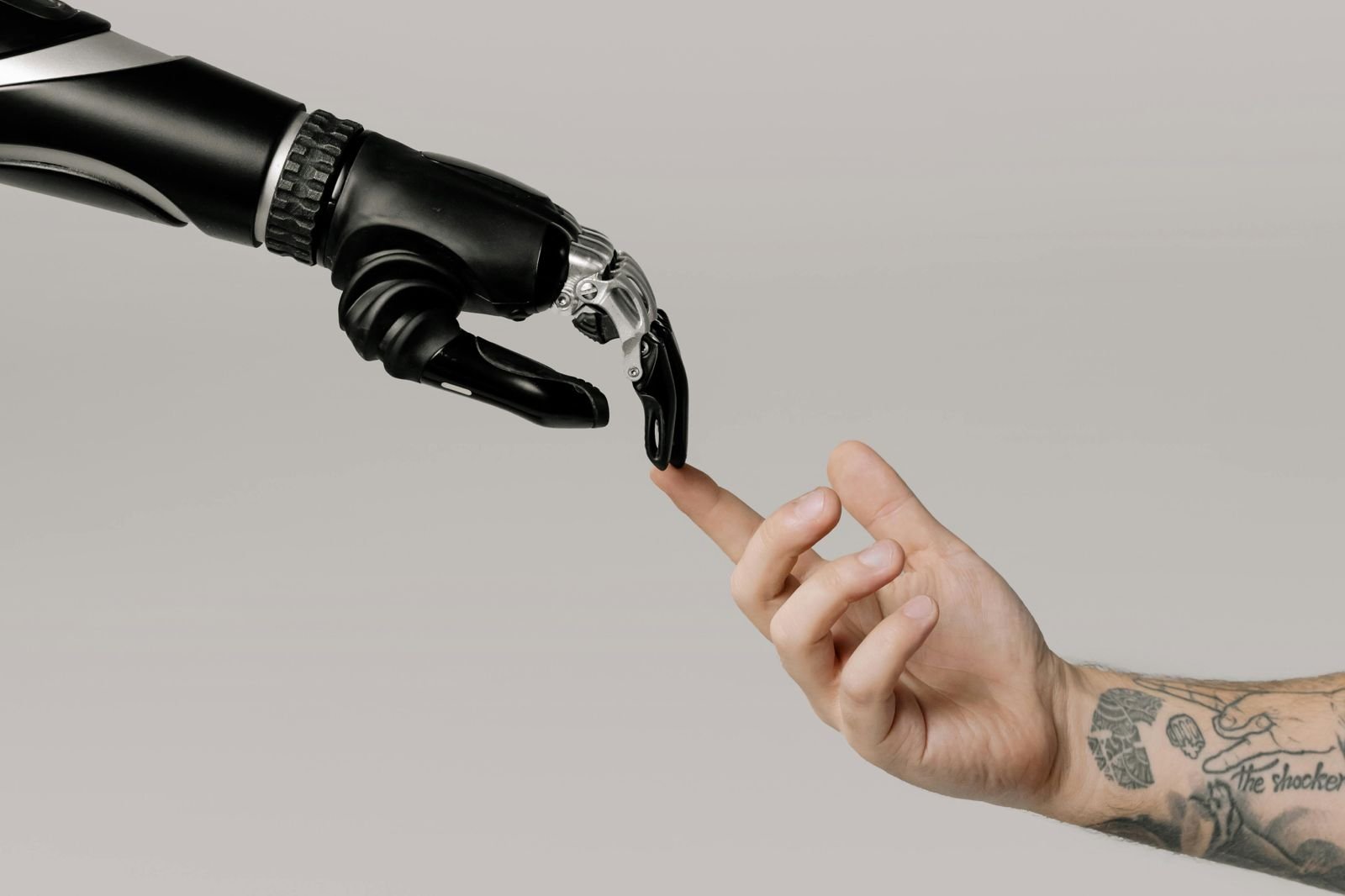Generative AI vs. Human Creativity: Who Will Win?
Creative professionals, artists, and anyone interested in the future of innovation are asking the same question: can AI match human creativity? This article explores the growing tension between AI-generated content and human artistic expression. We’ll examine how generative AI works and what makes human creativity special, plus look at the collaborative potential that might benefit both sides.

Understanding Generative AI’s Creative Capabilities
How AI creates content through pattern recognition
AI doesn’t actually “create” in the human sense. It’s more like a super-advanced pattern-matching machine.
Think about it this way: when you were a kid, you learned to write by reading books and copying sentences. AI does something similar, but on steroids. It analyzes millions of examples—whether that’s paintings, songs, or novels—and learns the patterns that make them work.
When DALL-E generates an image of “a cat wearing a space helmet,” it’s not imagining a cat or understanding what space is. It’s recognizing patterns from countless cat images and space helmet images it’s seen before, then combining those patterns in ways that make statistical sense.
This pattern recognition happens through neural networks—layers upon layers of mathematical functions that mimic how our brains process information. The AI isn’t conscious or creative; it’s just really, really good at probability.
Recent breakthroughs in AI-generated art, music, and writing
The last few years have blown the roof off what we thought AI could do creatively.
Remember when everyone was making those weird AI portraits? That was Midjourney and DALL-E 2, creating images that weren’t just coherent—they were downright stunning. Some AI-generated art has even won competitions, beating human artists (which caused quite the uproar).
In music, tools like Google’s MusicLM can now create original compositions after being fed a simple text description like “a calming violin melody with a electronic beat.” The results are increasingly hard to distinguish from human-made music.
And writing? Well, ChatGPT and GPT-4 have changed the game entirely. They’re writing everything from poetry to marketing copy that passes the human sniff test. Journalists are using AI assistants to draft articles, and some novelists are experimenting with AI co-writing.
The crazy part? All these breakthroughs happened in just the past few years. Imagine where we’ll be in another five.
The limitations of algorithmic creativity
AI’s got skills, no doubt. But let’s talk about what it can’t do.
First off, AI lacks intention. When a human artist creates something, there’s usually purpose behind it—expressing emotion, making a political statement, processing trauma. AI just outputs what it thinks you want based on patterns. There’s no “why” behind its creations.
Then there’s the originality problem. AI learns by studying existing human work, which means it’s essentially sophisticated remixing. It can combine elements in new ways, but it can’t truly innovate beyond the patterns it’s seen. Genuinely groundbreaking, paradigm-shifting creativity? That’s still human territory.
AI also struggles with context and meaning. It might write a technically perfect poem about grief without understanding what grief actually feels like. It’s mimicking the surface patterns of creativity without the deeper human experience that gives those patterns significance.
And here’s the kicker—AI has no taste. It can generate thousands of options but can’t genuinely evaluate which one is “better” in any meaningful sense. It needs humans to separate the gold from the garbage.
The last few years have blown the roof off what we thought AI could do creatively.
Remember when everyone was making those weird AI portraits? That was Midjourney and DALL-E 2, creating images that weren’t just coherent—they were downright stunning. Some AI-generated art has even won competitions, beating human artists (which caused quite the uproar).
In music, tools like Google’s MusicLM can now create original compositions after being fed a simple text description like “a calming violin melody with a electronic beat.” The results are increasingly hard to distinguish from human-made music.
And writing? Well, ChatGPT and GPT-4 have changed the game entirely. They’re writing everything from poetry to marketing copy that passes the human sniff test. Journalists are using AI assistants to draft articles, and some novelists are experimenting with AI co-writing.
The crazy part? All these breakthroughs happened in just the past few years. Imagine where we’ll be in another five.
Case studies: When AI creation surprised its creators
Even the people building these AI systems get caught off guard sometimes.
Take the case of DALL-E mini (now called Craiyon). Its creators expected basic image generation, but users quickly discovered it could create surreal, dreamlike images when given prompts like “Kermit the Frog in The Scream by Edvard Munch.” Nobody programmed it specifically to understand artistic styles or cultural references—it just picked up these connections from its training data.
Or look at what happened with AlphaGo, which famously beat the world champion at the ancient game of Go. During one match, it made a move so strange that experts thought it was a mistake. Turns out it was brilliant—so brilliant that human Go players have since adopted some of AlphaGo’s unconventional strategies.
Google’s LaMDA chatbot became infamous when an engineer claimed it was sentient after it produced surprisingly reflective responses about its own “feelings” and “existence.” While most experts agreed this was just sophisticated pattern matching rather than consciousness, the incident showed how AI’s outputs can seem eerily human-like even to those who understand how they work.
These surprises happen because machine learning systems develop emergent behaviors—capabilities that weren’t explicitly programmed but arise from the complex interactions within their neural networks. Sometimes, even the creators can’t fully explain why their AI does what it does.
